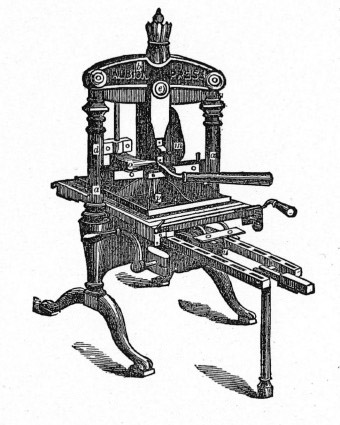Prints and Printmaking
Unlike painting, where the artist might paint directly on a surface, the printmaker transfers an image created on one surface- a plate of metal, wood, glass, plastic or stone, or matrix of screens and stencils - onto another surface. Usually it is paper, but other surfaces like fabric, parchment or plastic are sometimes used. The transfer can be by hand or using a mechanical press.
Depending on the technique used, prints can be produced from either one or a number of plates printed on top of each other, each representing a separate colour or design. Whatever the technique the processes are capable of producing anything from one print (and perhaps a second 'ghost image'), to multiples in an edition of prints numbering anything from ten or twelve to sometimes over a hundred or more. An artist will either create prints themselves or work alongside a master printmaker or experienced technician who might then edition the print on behalf of the artist.
Each printmaking technique - relief, intaglio, lithographic, screen, monoprint & monotype - is classified according to the type of surface and method used to create the image.
For an overview of the printmaker's art, follow this link.........
Also, take a look at what the Tate says about print...
 The studio on day when editioning a multi-block relief print.
The studio on day when editioning a multi-block relief print.
© Bruce Pearson 2025. All rights reserved

